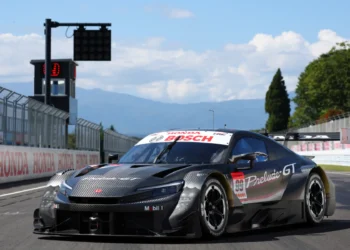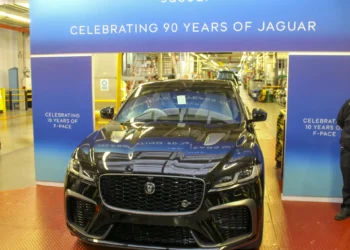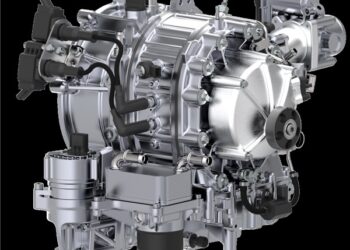As Lincoln gears up to introduce two new models in the United States, the luxury arm of Ford seems intent on reclaiming a significant chunk of the premium automotive market. However, the mystery surrounding whether these new entries will be entirely new vehicles or updates to existing models adds a layer of intrigue. What’s clear, though, is that Lincoln is betting on these upcoming launches to sustain its recent sales momentum and solidify its standing in a highly competitive landscape.
The brand’s renewed vigor comes at a time when its sales are on an upswing, with a remarkable 23 percent increase in the first seven months of the year. This surge in sales is a much-needed boost after years of fluctuating performance, with Lincoln President Dianne Craig proudly noting that the company’s market share has grown by one percent. If trends continue, Lincoln could sell over 100,000 vehicles this year—a milestone it hasn’t achieved since 2020.
Historically, Lincoln has seen varying sales figures, peaking with over 112,000 vehicles sold in 2019 but dropping significantly in subsequent years, with only 81,444 units sold in 2023. The introduction of new models could help Lincoln not only recapture lost ground but also potentially exceed its previous highs.
One of Lincoln’s latest success stories is the 2025 Navigator, a model that has been thoroughly refreshed to appeal to the luxury SUV market. With its bold new design, split tailgate, and a luxurious cabin featuring a massive 48-inch display, the Navigator represents the brand’s commitment to combining traditional luxury with modern technology. The vehicle’s 3.5L twin-turbo V6 engine, producing 440 horsepower, ensures it remains competitive in the performance department as well.
As for pricing, the Navigator is expected to see a slight increase, with the current model starting at $83,265. The refreshed 2025 version, set to hit dealerships next spring, will likely continue to cater to high-end buyers looking for a premium experience.
However, the real anticipation lies in what Lincoln will unveil next. With the Corsair reportedly reaching the end of its lifecycle by 2025, speculation is rife that one of the new models could be its successor. Whether Lincoln chooses to replace the Corsair with another compact SUV or introduces a completely new vehicle remains to be seen. There’s also the possibility that Lincoln might target the growing compact crossover market, possibly producing a model in China, where Ford has been expanding its production capabilities.
In conclusion, Lincoln is making calculated moves to revitalize its brand and increase its market share in the U.S. The introduction of two new models could be a game-changer, especially if they resonate with the evolving preferences of luxury car buyers. While details remain scarce, the automotive world will be watching closely to see if Lincoln’s strategy pays off in what is shaping up to be a critical period for the brand.










